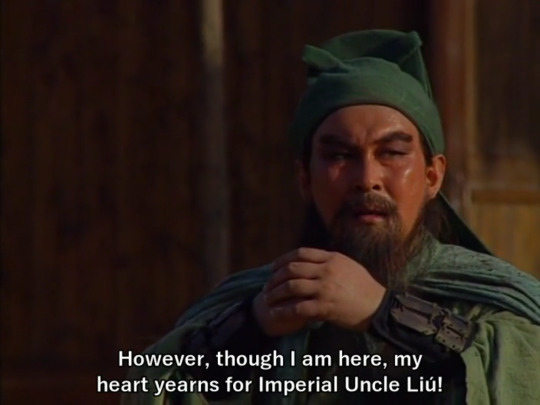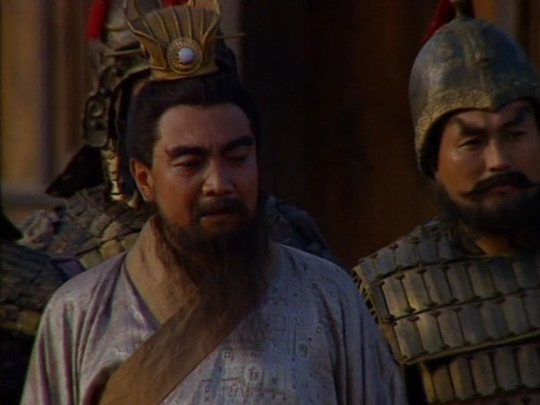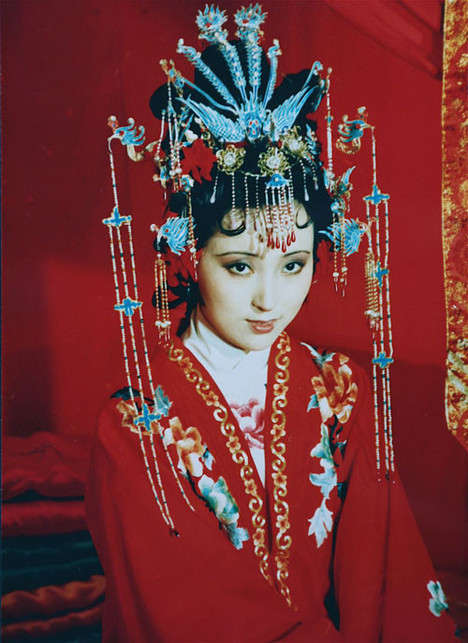dadodo
95 posts
An appreciation blog for classic chinese dramas. Mostly Romance of the Three Kingdoms and Journey to the West
Last active 3 hours ago
Don't wanna be here? Send us removal request.
Text
Lu Su be like: I’m not sure I understand what these two geniuses are talking about but they’re finally getting along and that makes me one happy third wheel ☺️
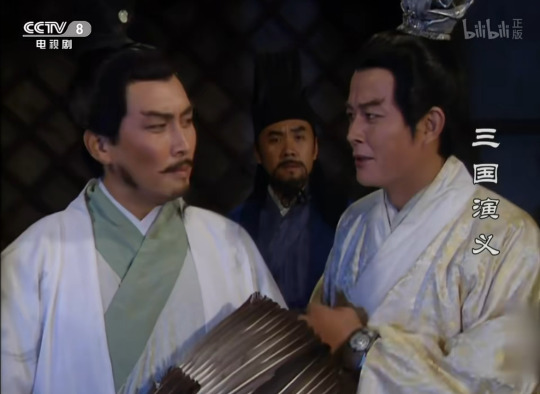

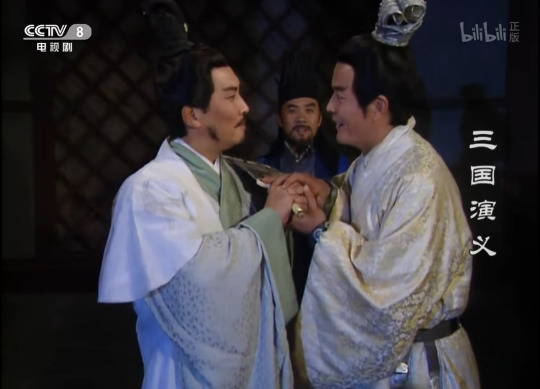
⬆️⬆️⬆️ Look at him smiling so happily at the successful bonding he has facilitated!
17 notes
·
View notes
Text
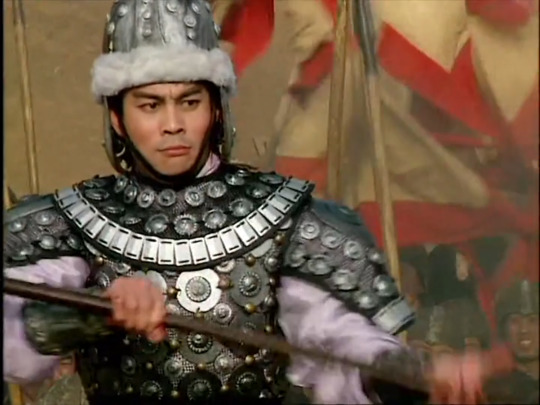
Speaking of men in full armor,, take a look at Lü Bu 👀
5 notes
·
View notes
Text
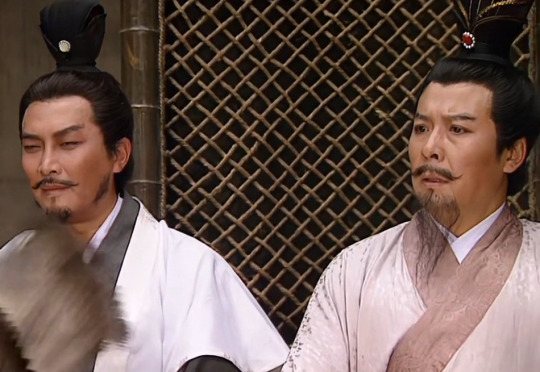

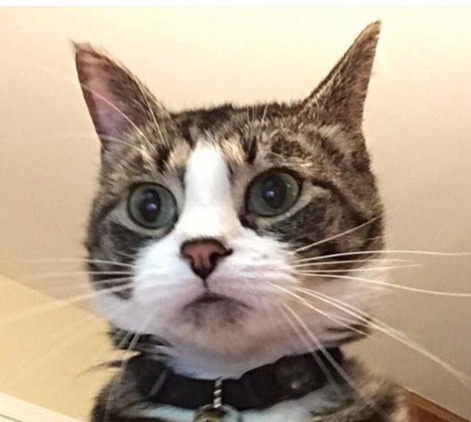
literally them
16 notes
·
View notes
Text
Speaking of Cao Cao, I really love the angle, lighting, and coloring of this shot from Romance of the Three Kingdoms, where Cao Cao says his infamous line: "I'd rather betray everyone in the world rather than let the world betray me."
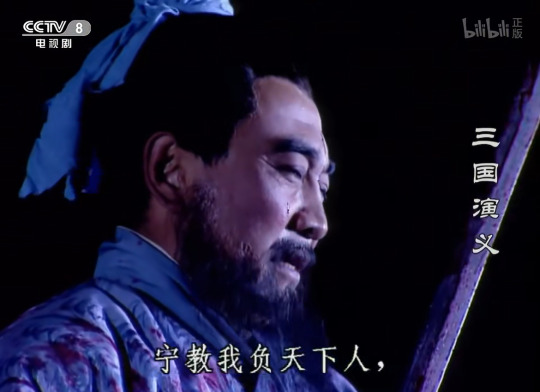
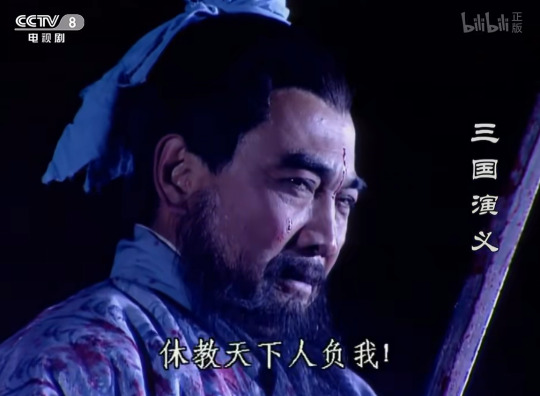
28 notes
·
View notes
Text
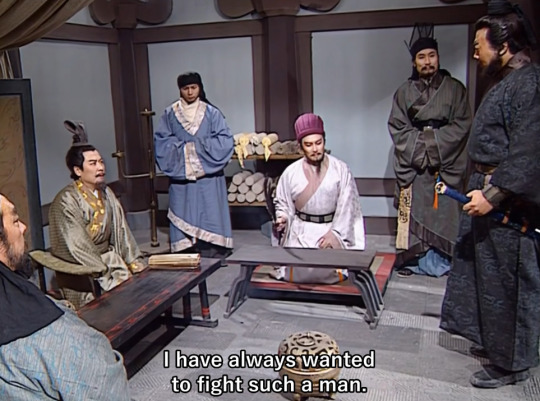
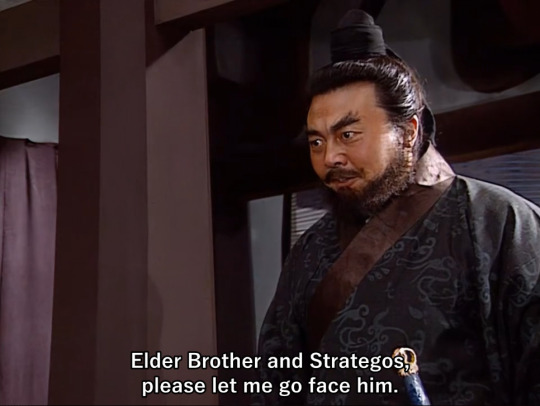
Zhang Fei when he hears the news about Ma Chao: Da-Ge, can I go fight him? 🤩 Please, please, please?
Liu Bei: Let's hear what your mother has to say about it first
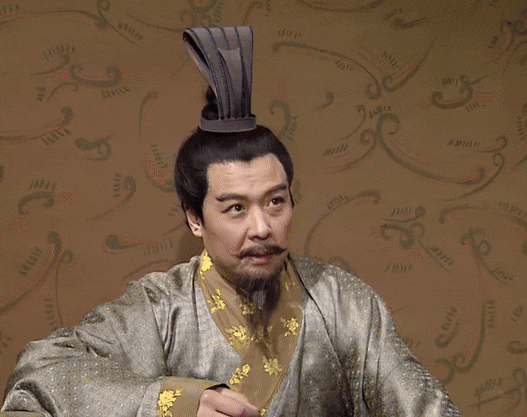
@happyendhouse This reminds me so much of this :'D
3 notes
·
View notes
Text
One of my favorite scenes from the 1994 TV adaptation of The Romance of the Three Kingdoms is the one in which Zhuge Liang shows up at Zhou Yu’s funeral with the 3rd century equivalent of a slide deck and proceeds to give a power point presentation about the highlights of Zhou Yu’s career to a stunned audience comprised of Xiao Qiao (Zhou Yu’s wife), Zhou Yu’s children, Sun Yuan, and rest of the Wu court.

As a someone who gives power point presentations for a living, I must say this is definitely the right way to honor your rival at his funeral.
134 notes
·
View notes
Text

💪✨!
27 notes
·
View notes
Text
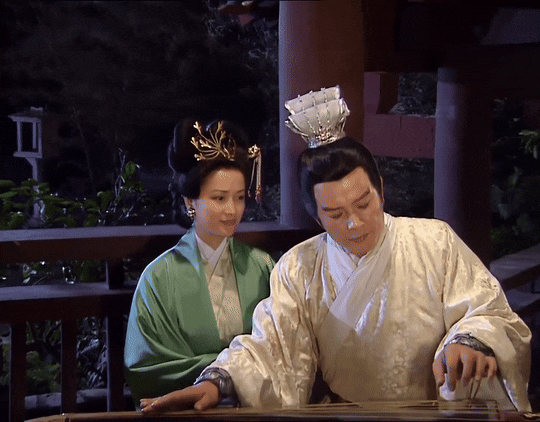
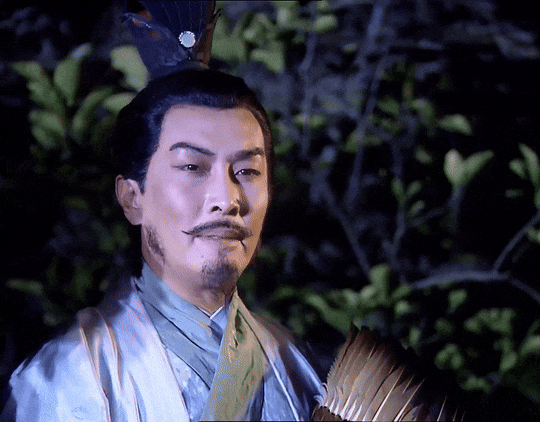
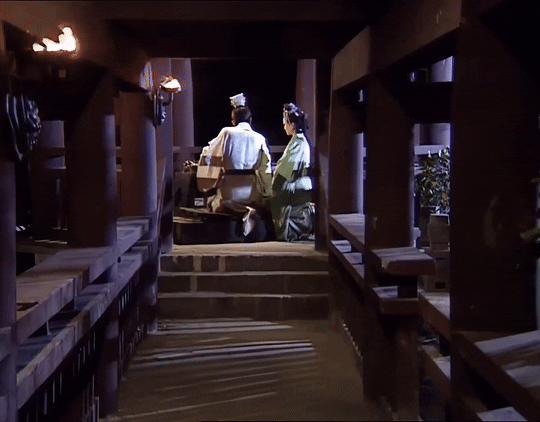
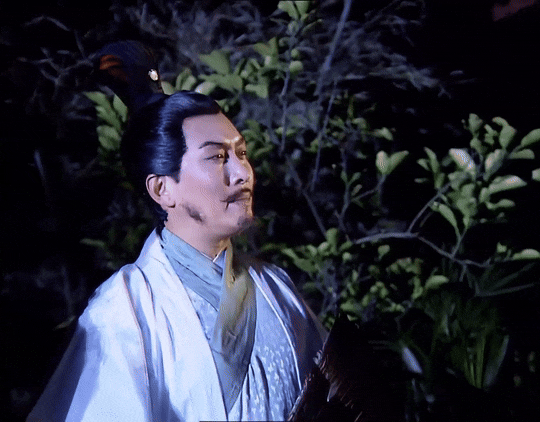
Zhuge Liang listening to Zhou Yu playing the guqin 😊🥰
28 notes
·
View notes
Text
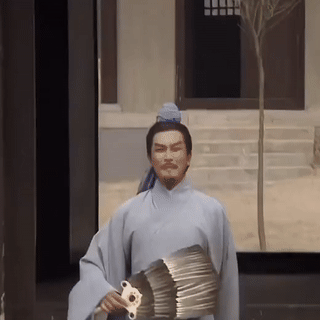

Zhuge Liang: *walks in like a runway model*
Zhang Fei: 🙄
31 notes
·
View notes
Text


Zhuge Liang: *walks in like a runway model*
Zhang Fei: 🙄
#walk walk fashion baby#I love how many looks (and hats) he has#romance of the three kingdoms#zhuge liang
31 notes
·
View notes
Text

useful reaction image for online discourses
365 notes
·
View notes
Text
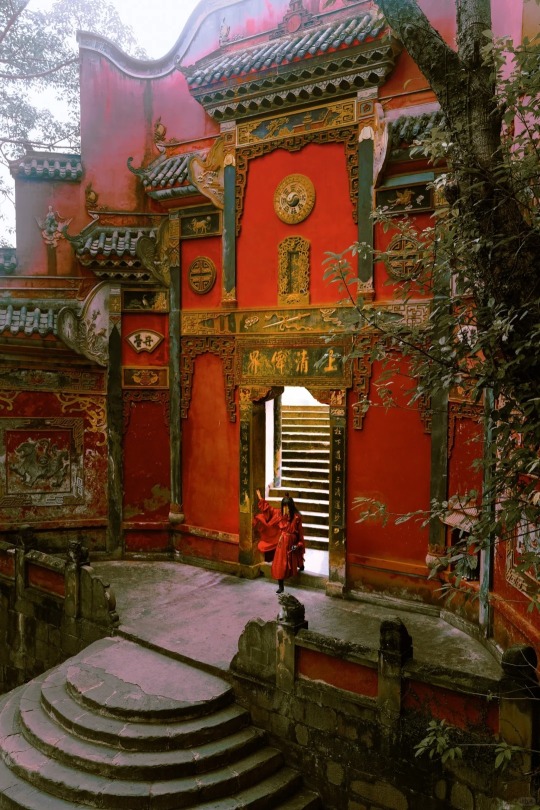





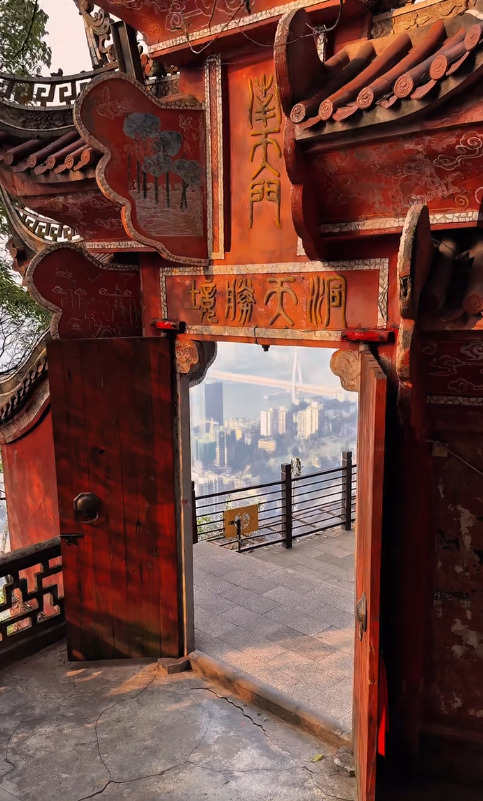







laojundong老君洞, chongqing in china (cr 大仙仙, 小航老师, 三文鱼)
2K notes
·
View notes
Text
[China] Tries to restore the famous dance during the China Tang and Song Dynasties< Zhezhi Dance/柘枝舞>
The blogger tried to restore the dance by referring to the movements in many related reliefs and murals from the Tang Dynasty to the Five Dynasties, combined with the Tang Dynasty records of the dance.
< Zhezhi Dance/柘枝舞>
is a type of well-known "Jian dance/健舞"from the Tang and Song dynasties. The ancient "Yudiao" (羽调) has a piece titled "Zhezhi Qu" (柘枝曲), and the Shang Diao (商调) has "Qu Zhezhi" (屈柘枝), from which the dance takes its name. It originated from Talas (a region in modern-day Kazakhstan, once under the jurisdiction of the Tang Dynasty's Anxi Protectorate). Initially, it was a solo dance performed by women. The most popular form during the Tang Dynasty was the "Double Zhezhi Dance/《双柘枝舞》," performed by two young girls wearing red and purple silk robes, with Hu-style(胡人/Foreigner style) hats adorned with golden bells. They would dance in time with the beat of the Hu drums, their slender waists swaying in harmony with the ringing of the bells and the dance movements, creating a pleasant sound as they turned.
Zhang Xiaobiao/章孝标's poem 《Zhezhi /柘枝》includes the line "Zhezhi first appears, the drumbeat calls," and Bai Juyi/白居易's poem 《Zhezhi Ji/柘枝妓》 has the line "Three drumbeats strike, urging the painting drum." The dance features rich variations in movement, being both vigorous and lively, as well as graceful and charming. The sleeves of the dancer's costume alternately droop and lift, as described in the poem with phrases like "lifting sleeves amidst the busy drum" and "long sleeves sweeping into the embroidered train." The rapid and intricate footwork causes the golden bells worn by the dancer to produce a clear, crisp sound. Spectators are amazed by the dance's lightness and flexibility. As the dance nears its end, there is a deep bending motion of the waist.
-------- Annotation >Yudiao(羽调) & Shang Diao (商调)<
The Chinese pentatonic scale, or pentatonic mode, is a scale system commonly used in Chinese music. Ancient China named these five notes Gong, Shang, Jiao, Zheng, and Yu(宫、商、角jué、徵zhǐ、羽) in sequence, which is roughly equivalent to the singing notes in Western music notation. Noun (do), (re), (mi), (sol), (la).
--------
In the Song Dynasty, it evolved into a group dance, and the official music included "Zhezhi Troupe" (柘枝队). There were many variations of the dance in the past, though most of the original songs were lost by the Song period. Despite this, the dance still flourished. Since the Yuan Dynasty, the dance itself disappeared, and the name "Zhezhi Ling" (柘枝令) only survives in the lyrics and music.
Along with the Hu Xuan Dance (胡旋舞) and Hu Teng Dance (胡腾舞), Zhezhi Dance was one of the three major Western Region dance styles that were immensely popular during the Tang Dynasty, often performed to welcome foreign envoys gathering in Chang'an China.
【Historical Artifact Reference】:
China Five Dynasties and Ten Kingdoms Period Brick Carving Relics from Tomb Of Feng Hui 冯晖墓

< "Jian dance/健舞 & Ruan Wu/软舞>
Jianwu (健舞) is one of the categories of court music and dance in the Tang Dynasty, specifically referring to a type of martial dance. It signifies a dance style characterized by vigorous, forceful movements and a lively rhythm, in contrast to the "soft dance" (软舞).
The Tang people categorized the various small-scale entertainment dances and musical performances popular in the palace, noble households, and among the general populace based on their stylistic characteristics into "soft dance" and "martial dance" (jianwu). Originally folk dances and Hu music, these were later reorganized and adapted by the court's music and dance troupes, often performed at feasts. The music for these dances typically used elaborate wind instruments and fast string instruments. According to the "Fangfang Ji" (放坊记) and "Yuefu Zalu" (乐府杂录), soft dances included pieces like "A Liao" (阿辽), "Jianqi" (剑器), "Zhezhi" (柘枝), "Hu Xuan" (胡旋), "Hu Teng" (胡腾), "Huang Zhuang" (黄獐), "Da Weizhou" (大渭州), "Fu Lin" (拂菻), "Damo Zhi" (达摩支), and "Ling Da" (棱大).
Ruan Wu(soft dance)/软舞
Ruanwu (软舞) specifically referring to a type of graceful and elegant dance. It signifies a dance style characterized by graceful, delicate, and flowing movements, in contrast to "martial dance" (健舞).
The Tang people categorized the various small-scale entertainment dances and musical performances popular in the palace, noble households, and among the general populace based on their stylistic characteristics into "soft dance" and "martial dance" (jianwu). These dances, originally folk dances, were adapted by the court's music and dance troupes and were often performed at feasts. The movements of soft dance were light, graceful, and elegant, resembling either a startled swan or a flying swallow. According to the "Yuefu Zalu" (乐府杂录), the main soft dances included "Liangzhou" (凉州), "Lüyao" (绿腰), "Suhexiang" (苏合香), "Qu Zhezhi" (屈柘), "Tuan Yuan Xuan" (团圆璇), "Ganzhou" (甘州), "Chui Shou Luo" (垂手罗), "Hui Bo Yue" (回波乐), "Lanling Wang" (兰陵王), "Chun Ying Zhuan" (春莺啭), "Ban She Qu" (半社渠), "Jie Xi" (借席), and "Wu Ye Ti" (乌夜啼).
Next time I will make a post to share to the Tang Dynasty "soft dance/软舞" restored by Choreographer:@李诗荟
------
youtube
"Taiping Yue": Ji《太平乐》· 急 (Great Peace Music: Quick), an instrumental movement in the Dashi mode (Chinese: Dashi diao, 大食调, equivalent to the Mixolydian mode on E), dating back to China's Tang Dynasty, as reconstructed by Bilibili user "männlichkeit," c. January 24, 2020. As the final movement of the suite "Taiping Yue," this piece is known by the title "Hehuan Yan" (合欢盐, Happy Together Song). According to musicologist Steven G. Nelson, this suite probably had its origins as a military dance, perhaps of the pozhen yue (破阵乐, literally "destroying the formations") type, in Tang China, which was transmitted to the Japanese court by the early 8th century, then arranged into a suite in the Japanese court of the mid-9th century.
In the context of the piece's title, the term "yan" (塩), which usually means "salt" in Chinese, refers to a particular type of poetic song popular during the Tang period (a synonym for "qu" 曲, meaning "piece"); "yïr" or "yır" means "song" in Turkic languages.
This reconstruction is based primarily on the version of this piece as found in "Sango Yōroku"『三五要録』, the most important and extensive collection of Tang-era scores for 4-string pipa; this collection was compiled by the Japanese nobleman Fujiwara no Moronaga (藤原師長, 1138-1192) shortly after 1177 (c. 1180), during the late Heian period (794-1185).
In Japan's tradition of Tōgaku (唐楽, court music of Chinese origin), this dance suite movement is called "Taiheiraku": Kyū《太平楽》· 急 (たいへいらく:きゅう), with the movement title being pronounced "Gakka-en"《合歡塩》(がっかえん). Its mode is called Taishiki-chō (大食調) in Japanese.
__________________
🧚🏻♀️Dancer & Choreographer:@李诗荟
👗Hanfu:@君子山岚
Venue Provider:@包意凡
Lighting Design:@大彤寶殿的彤寶
Music :@männlichkeit(BiliBili)/@dbadagna(Youtube)
🔗Full Video on Xiaohongshu App:https://www.xiaohongshu.com/explore/674995190000000008005fc6?
__________________
456 notes
·
View notes
Photo

This is pretty detailed hair pin with not only Kingfisher inlay but semi-precious stones as well as a some coral and white jade it looks like. Also Mid Qing. My guess is it’s a cricket cause a cicada would be fatter. But I’m no bugologist. Fine. Entomologist.
638 notes
·
View notes
